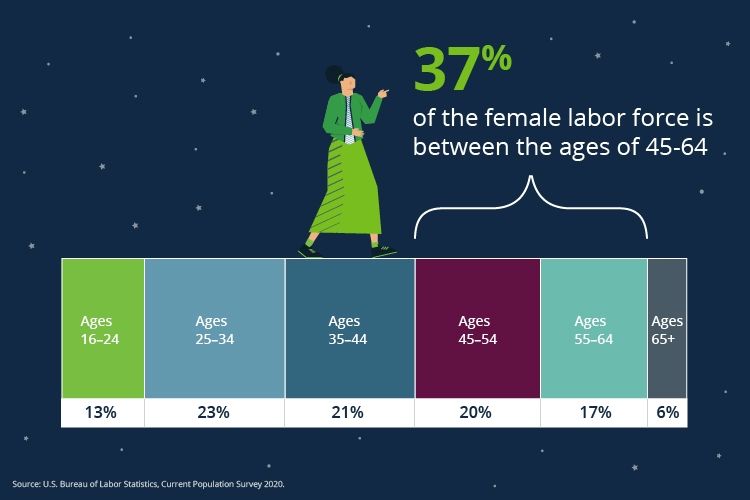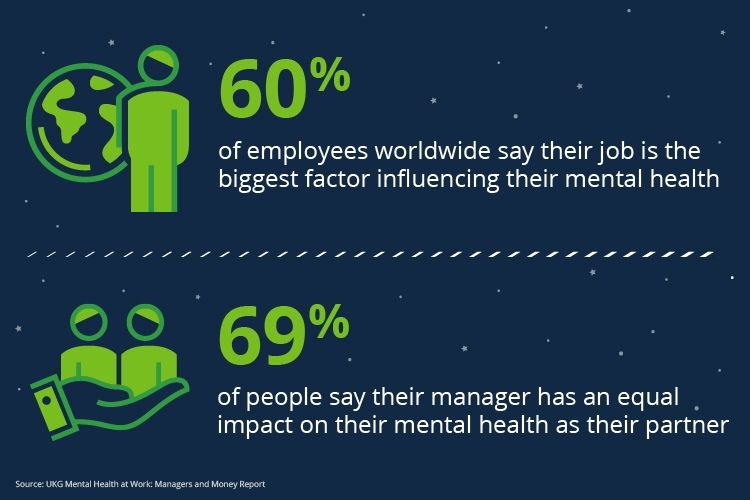Blog
Employee Benefits Trends for 2023: Finding the Right Balance
Learn about the latest employee benefits trends, emerging solutions, and how they impact your programs.
Employers are adjusting to changing workforce dynamics while benefits solutions are evolving to address different needs. COVID-19 changed what employees need and the benefits they want. In this webinar recap, you will learn about the latest employee benefits trends, emerging solutions, and how they impact your programs.
| At-a-Glance Read time: 7 minutes |
||
|---|---|---|
How Are Employee Benefits Trends Evolving After COVID?
Benefits are becoming increasingly more important to employees. According to a recent study, 73% of employees say a wider benefit offering would keep them at their present employer for longer. The focus on core benefits remains consistent with offerings like medical, dental, vision, and short-term and long-term disability. But the benefits point solutions employees needed during COVID has started to change.
The competitive economy before COVID led companies to offer numerous benefits to attract and retain employees. Now, we have dynamic workforces that are more remote and spread out, layered with looming financial questions around inflation and a possible recession. These factors influence the solutions companies offer their employee base.
Family Support Services Remain Top of Mind
COVID-19 abruptly put family services front and center for many employees.
Family services is consistently one of the top searched terms on the BenefitPitch platform. The economy continues to put pressure on people to stay in the workforce, many who may also be juggling kids and aging parents. Employees look to their employers for assistance in managing this. While there is high interest in this area, adoption is slow but anticipated to increase over the coming years.
Focus in this area varies by industry. Manufacturers, which haven’t been as active in this space in the past, are coming around with more interest in offerings such as dependent care. Technology companies have always shown an interest in employee support services but are now shifting their benefits offerings to align with employee needs of caring for the total family unit. Solutions from ianacare and Wellthy provide interesting options in this space.
The Evolution to Fertility 2.0
Historically, the coverage focus for infertility has been on diagnosis and treatment, with employers looking to the medical plan to serve that purpose. This has now broadened to solutions inclusive in nature and even with a global standpoint, with more companies operating outside the US. The trend now is to support all the different paths to form a family beyond traditional infertility treatments, including adoption, egg freezing, and surrogacy. These benefits don’t necessarily sit within the medical plan anymore. New diagnosis and treatment solutions are also arising. Famlee is an example of this, taking a step-therapy approach to fertility with at-home diagnostic kits that can reduce the need for expensive IVF treatments. These types of benefits provide solutions for employees along with potential cost savings for employers.
Support doesn't need to stop once you have a family; it can continue through the parenthood journey. We’re seeing employers offering solutions that are more comprehensive and concierge in nature, including services for other conditions that have been quietly underserved. This includes return-to-work programs, especially for women integrating back into the workplace, as well as emerging companies supporting people navigating menopause.
Women have been leaving the workforce in record numbers the last few years. More inclusive benefits are one way to get them back—or keep them in the workplace—and is well worth exploring.
Mental Health Is Here to Stay
A recent study shows more than 80% of workers agree that how employers support employee mental health will be an important consideration when they evaluate jobs. Telehealth and technology really stepped up and delivered during the pandemic. There is a focus now on offering a variety of more robust solutions that could apply to different employee needs.
What we've seen surface out of the pandemic is that there's a shortage of mental health providers. Solutions like Sesh provide group therapy for particular topics to supplement one-to-one therapy, whether it's related to eating disorders, anxiety, or something else. Additionally, peer-to-peer support groups can offer additional access to mental well-being.
In another recent survey, 61% of employers said they have made changes or are planning to make changes to their benefits offerings, and of those, 82% say they plan to add or enhance mental health services. There will be a lot of activity in this space over the next year as employers look at mental health options and figure out how they best fit their workforce.

Pre-pandemic, Woodruff Sawyer began offering Mental Health First Aid Training for our clients, acknowledging that mental health exists in the workplace and training People teams and managers to better understand and communicate about mental health. It’s important to acknowledge that it is becoming increasingly more difficult to monitor the state of your employees who may be in remote or hybrid work environments. Educational solutions like MOTH can also help train managers to identify when employees are going through mental health needs.
There has been a demand for medical carriers to expand their own networks of mental health providers and solutions to meet the needs of their members. Carriers not only made investments in their homegrown program during COVID, but they're now addressing the market demand by partnering with already-established third-party solutions to supplement their own networks.
Employers will continue to expect their health plans to be able to integrate with outside solutions. This could mean bridging therapy visits between outside solutions and the health plan as well as being able to integrate claims payments, especially for self-funded employers.
Workforce Dynamics Continue to Evolve
It's a constant adjustment for employers in this new world. Remote work opened the door for people to take jobs in different states, expanding the opportunity to hire more specialized resources in different geographic areas. However, more companies are returning to the office on a more regular basis and coming up with different hybrid solutions to their work environment.
Now we're starting to see a lot of different solutions, like flexible work hours and different types of workforce environments. Companies are upskilling employees with solutions like Bravely which offers one-on-one career coaching for employees at all levels. Employees will continue to expect some level of remote work, but that might not be aligned with the direction employers may want to go in instilling more in-person office work. With a potential economic downturn, we may see employees and prospective employees unable to get the flexible work schedules they desire.
It’s Raining Point Solutions
It's all about the employee experience right now, and employers are looking for solutions that meet employees where they are. As you implement solutions, it’s important to validate whether or not they meet employees' needs, and make sure that employees are still engaged with them.
Our Mission to More series offers guidance from leading specialists on what employees want and how employers can adapt to the new benefits universe. For more guidance on trends and emerging benefits solutions, sign up for Woodruff Sawyer’s Benefits newsletter, which includes all Mission to More articles. Learn more about these companies at our Emerging Solutions for the Workplace webinar on April 25.
Authors
Table of Contents
















